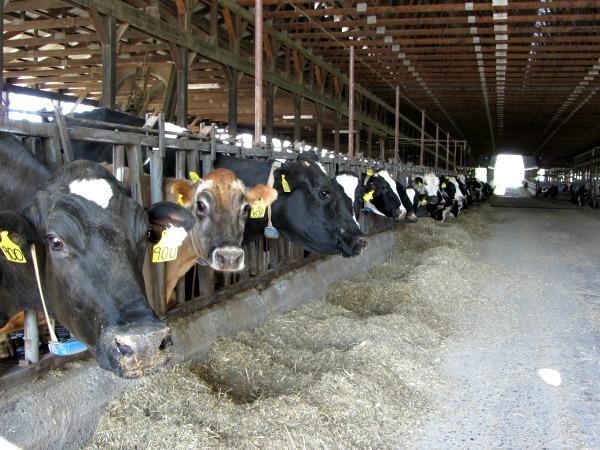
By – Molly Pokrzywka, Agricultural Business Analyst
There are 2.2 million farms that spread across America’s landscape. Farm families make up just 2% of the U.S. population and 97% of U.S. farms are family owned, yet farming still remains the largest industry in America.
Receiving just 16 cents per dollar spent from the consumer, farms have been able to jump over some large obstacles. On September 30, 2012 the current farm bill at the time expired. The Farm Bill was created in the beginning of the Great Depression, in the 1930’s. Congress wrote the legislation which was intended to stabilize food supplies and keep struggling farmers in business. For the law to be relevant, congress has to rewrite the law every five years, or it turns to permanent law. Permanent law is where the law has expired and returns to the original law that was written in the 1930’s. The original law called for the government to buy milk at about twice of what they are buying it for now. This made consumers unhappy about the idea of higher prices for the product, where the price would have been doubled.
The current economic variables for production agriculture create a setting that can swing violently from one extreme to the other. One day prices for beef could be high, the next it could be so low that it’s not even worth it for the farmer to bring the cattle to the auction. Within the last year, a major drought has been overtaking the west, stunting crops used for feed, and causing farmers to sell their cattle. The amount of cattle flooding the market causes the prices of beef to go down. Farming is dependent on the weather, one bad year of weather, let it be too dry or too wet, and could shake a farms financials. Livestock and ethanol producers face some of the worst economic swings.
Farm land taxes don’t swing back and forth such as the prices products are sold at, but are rising at a steady increase. This steady increase has resulted from an increase in farm land assessments. Theses assessments have been on the rise due to the “base rate” of farm acreage which has been rising. The “base rate” is the starting point for assessing farm land. The calculation includes the data from land rents, product yields, product prices, costs, and interest rates, which all contribute to the rise of the base rate. When land is assessed for more, taxes are most likely to increase.
The average age of farmers has been increasing since 1910. Today 65 years or older account for more than 30% of farmers, and the average age is 55 years old. So roughly half of U.S. farmers are in line to retire within the next ten years, which would mean half of the farms in the U.S. could be purchased by large farms, purchased by real estate developers or go bankrupt. Which would ultimately make food production become less sustainable, unless new farmers where to take over the farms. Many new farmers are nervous about going into the industry due to the uncertainty of it.

